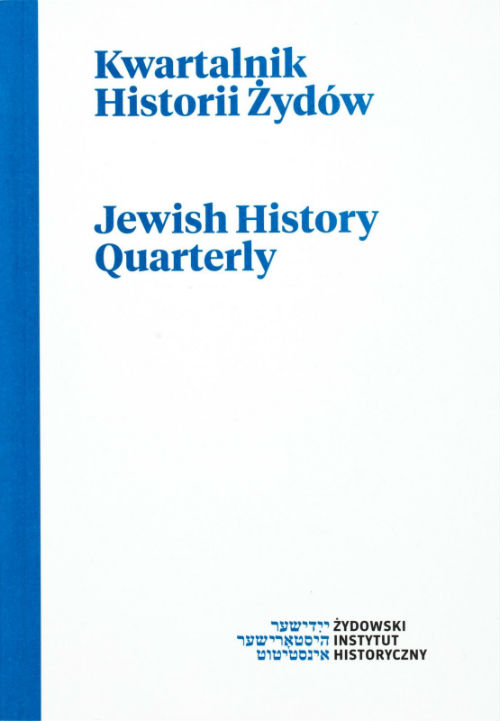Polscy Żydzi jako wydawcy książek w Amsterdamie. Pierwsza oficyna aszkenazyjska
Polish Jews as Publishers of Books in Amsterdam. The First Ashkenazi Publishing House
Author(s): Magdalena BendowskaSubject(s): History
Published by: Żydowski Instytut Historyczny
Keywords: Jehuda ben Mordechai of Poznań; Jewish printers in Amsterdam in 17th century; old Hebrew and Yiddish prints; kabbalah prints
Summary/Abstract: In connection with the stagnation and decline of Jewish printing in Poland in the latter half of the 17th century, Polish Jews moved their publishing activity abroad, chiefly to Amsterdam, which became the European centre for printing Hebrew and Yiddish books. One of the first Ashkenazi Jews to come to Amsterdam was Jehuda ben Mordechai of Poznań. In 1632 he started to work as a typesetter in a publishing house owned by Sephardic rabbi and publisher Menashe ben Israel. He next moved to the Imanoel Benveniste house, in which the first Ashkenazi prayer book was printed in Amsterdam in 1642, followed four years later by the first Amsterdam book financed by Ashkenazi Jews. One of the investors was none else than Jehuda of Poznań. He worked in that house on the 9th edition of the Babylon Talmud, among other works. In 1648, together with Shmuel bar Moshe Halevi, he started the first Ashkenazi publishing house in Amsterdam. The partners focused on printing texts written in Yiddish: as many as 11 out of the 23 books they produced were written in Yiddish or published in Yiddish translation. Until then, just a handful of items using Yiddish fonts appeared in Amsterdam. Books from this house were often limited to several to ten-odd pages, almost all of them were in quatro format, so they did not require a large investment. The biggest item in Yiddish (80 sheets) was a prayer book for the whole year according to Polish and German rites Seder tefilot mi-kol ha-shana. The most interesting group of books from that house are cabalist works, which included 5 important mystical texts published for the first time: Brit menucha, Jonat elem, Asara maamarot, Bahir and Maajan chochma. Other remarkable works included the Hebrew translation of a work on Salomon’s Temple, Jaakow Jehuda Leon Templo, and two items dealing with the biblical masorah: Perush al ha-masora (1649) and Taamei ha-masora (1651). They were written by Jaakov ben Itzhak (died around 1644), president of the rabbinical court in Sandomierz, and the text was supplemented by his son Jehuda Itzhak ben Jaakov of Chęciny, who was also their publisher. When this company was dissolved in 1651, Jehuda ben Mordechai returned to typesetting. The title pages and colophons of books make it possible to trace back his activity over more than a quarter century. He also passed his trade to his son Mordechai, whose name appeared on Amsterdam books for nearly 35 years (1648-1682).
Journal: Kwartalnik Historii Żydów
- Issue Year: 249/2014
- Issue No: 01
- Page Range: 99-128
- Page Count: 30
- Language: Polish

